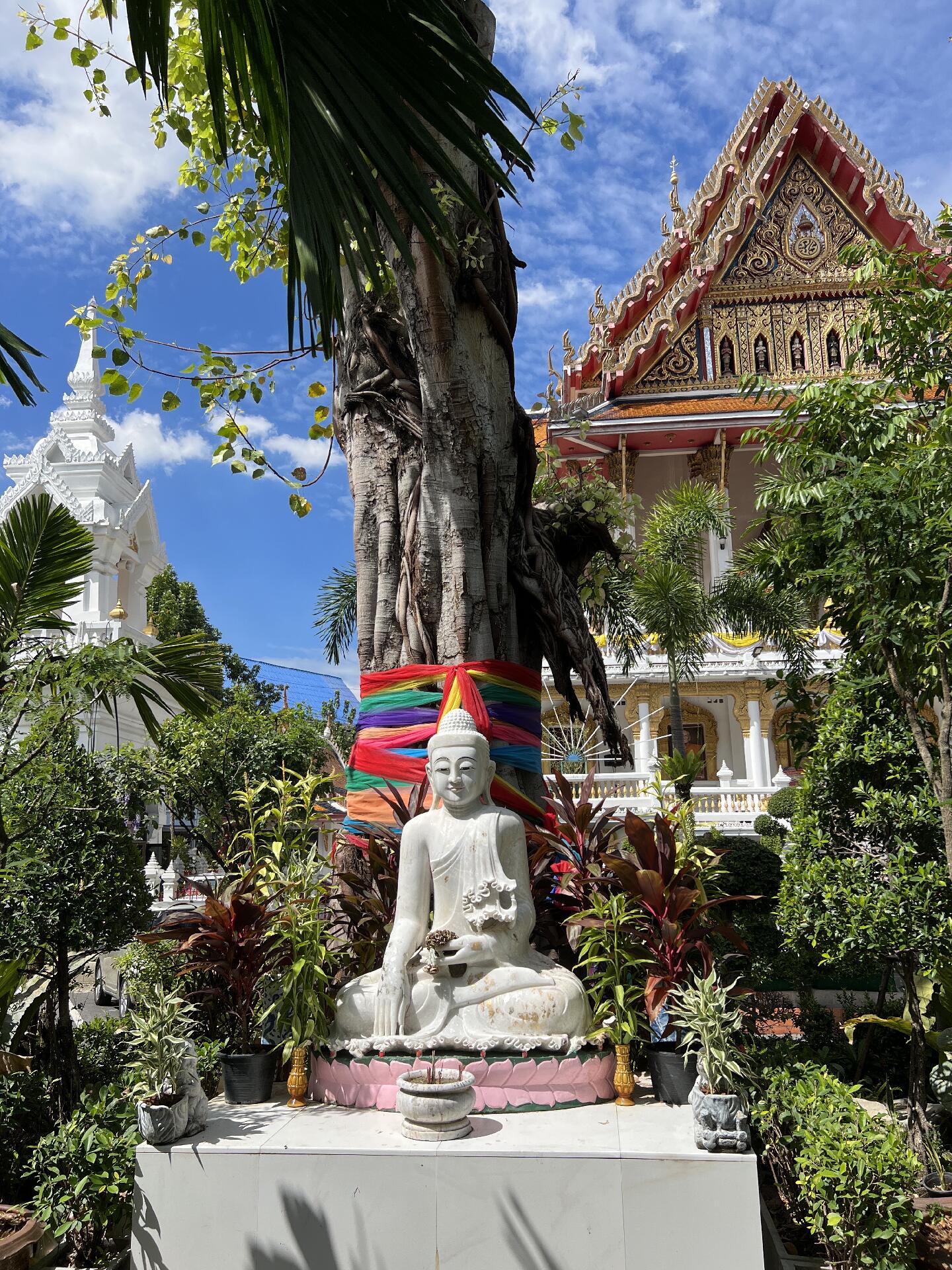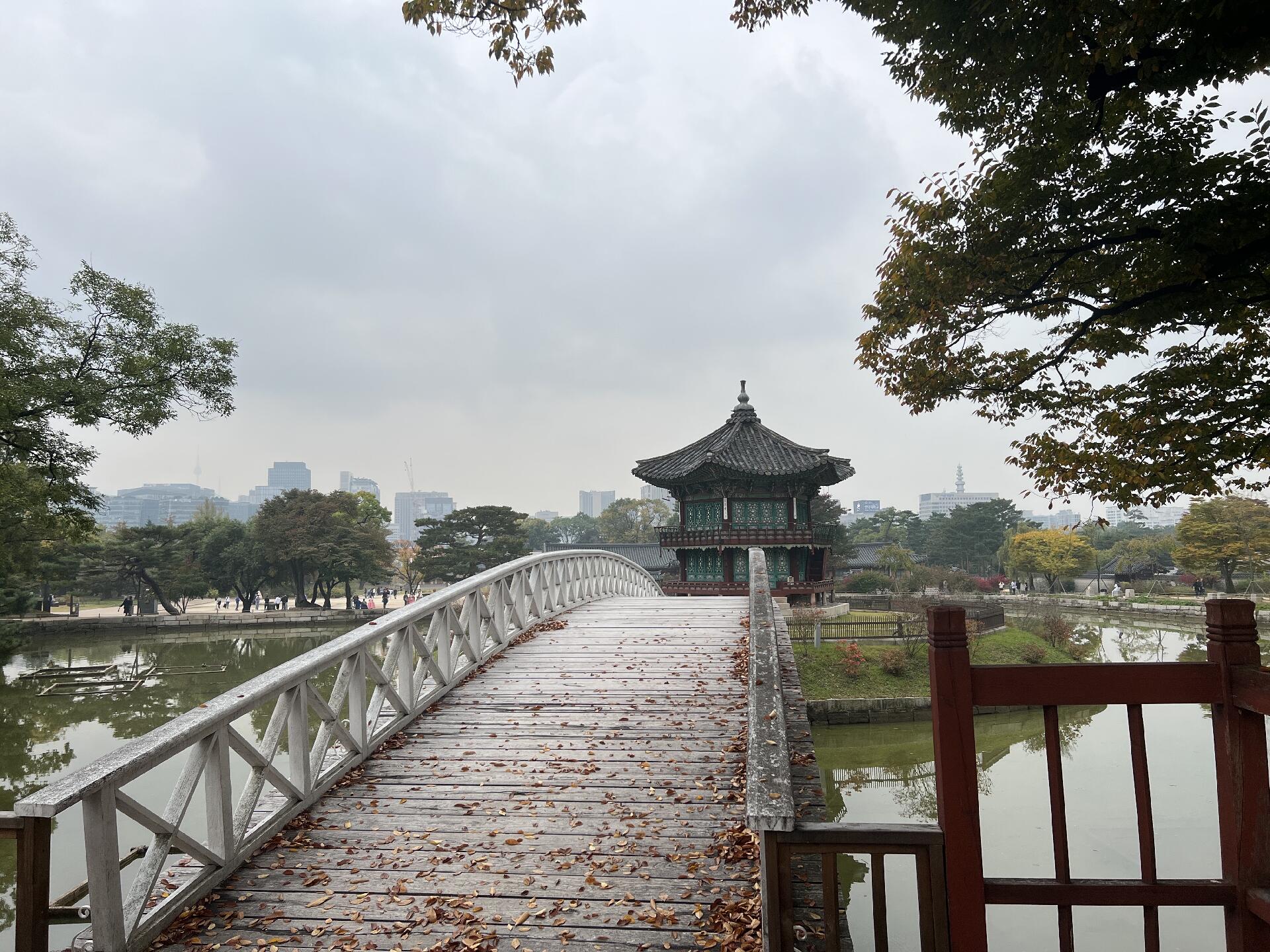Traditional Korean masks, known as tal…
Traditional Korean masks, known as tal (탈), are an important aspect of Korea's cultural heritage and history. These masks have been used in shamanistic rituals, theatrical performances, and dances, particularly in the traditional Korean mask dance drama called talchum.
Here are some key features and aspects of traditional Korean masks:
1. Symbolism and Use:
- Tal were traditionally used to ward off evil spirits, cure diseases, or bring good fortune. Masks could represent deities, humans, animals, or even supernatural beings.
- In talchum, masks often symbolize different social classes, personalities, or caricatures of human traits (e.g., the foolish old man, the flirtatious young woman, or the corrupt aristocrat).
2. Materials:
- Masks were typically made from materials like wood, gourd, or paper-mâché.
- The painting and designs on the masks are vibrant, often exaggerated to enhance the character’s traits in performances.
3. Popular Mask Styles:
- Hahoe masks (하회탈): One of the most famous sets of Korean masks, originating from the Hahoe village. They include figures like the nobleman (Yangban), the concubine (Bune), and the fool (Choraengi).
- Yangju masks: These were used in the Yangju Byeolsandae Nori, a mask drama from Yangju, featuring characters from different social standings, often used to satirize the ruling class.
4. Performances:
- The talchum performances often involve dance, music, and exaggerated movements. They traditionally served as a way to express dissatisfaction with social inequalities, mock authority figures, and provide entertainment while offering commentary on human flaws.
These masks are not only a reflection of Korean culture but also an artistic expression of emotions, societal critiques, and spiritual beliefs. #southkorea #asia #photography #travel




